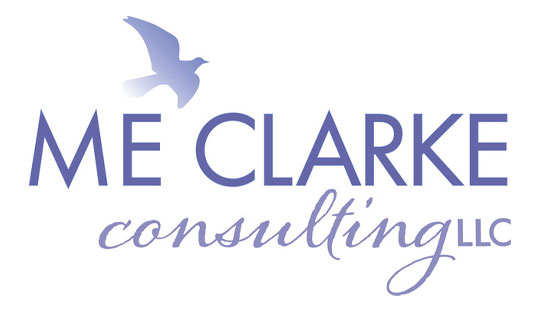Micro-aggressions: Cause and Effect
 As a part of our work in and commitment to diversity and inclusion, MECC offers various trainings from D&I Introduction workshops to bias trainings. These sessions offer opportunities to discuss how to create a workplace (and world) that is safe and accessible to all people of all backgrounds and experiences and why the existence of that space holds such importance. As a part of our own training in diversity and inclusion, we took the opportunity to see Dr. Derald Wing Sue speak at the University of Cincinnati.
As a part of our work in and commitment to diversity and inclusion, MECC offers various trainings from D&I Introduction workshops to bias trainings. These sessions offer opportunities to discuss how to create a workplace (and world) that is safe and accessible to all people of all backgrounds and experiences and why the existence of that space holds such importance. As a part of our own training in diversity and inclusion, we took the opportunity to see Dr. Derald Wing Sue speak at the University of Cincinnati.
Dr. Sue has extensive experience in micro-aggressions which he defines as, “the brief and everyday slights, insults, indignities and denigrating messages sent to target groups others communicated.” This means that goodhearted people, who define themselves as pro-equity, can actually perpetuate the cycle of disparity without meaning to hurt others. The messages we send and receive everyday about gender, race, sexuality, etc. pervade our subconscious, revealing themselves subtly through our interactions. Dr. Sue’s research in partnership with Teachers College at Columbia University studied how these micro-aggressions present themselves and how they affect the people who receive them.
According to his research, micro-aggressions can cause harmful detriments to those who receive them such as, “assail the mental health of recipients, create a hostile and invalidating workplace or campus climate, perpetuate stereotype threats, create physical health problems, lower work productivity and problem solving abilities and be responsible for creating inequities in education, employment and healthcare.” Micro-aggressions often seem harmless, and are often commonplace. Here are a few common examples:
- When a White couple (man and women) passes a Black man on the sidewalk, the woman automatically clutches her purse more tightly, while the White man checks for his wallet in the back pocket. (Hidden Message: Blacks are prone to crime and up to no good.)
- A third generation Asian American is complimented by a taxi cab driver for speaking such good English. (Hidden Message: Asian Americans are perceived as perpetual aliens in their own country and not “real Americans.”)
- Police stop a Latino male driver for no apparent reason but to subtly check his driver’s license to determine immigration status. (Hidden message: Latinas/os are illegal aliens.)
- American Indian students at the University of Illinois see Native American symbols and mascots – exemplified by Chief Illiniwek dancing and whooping fiercely during football games. (Hidden Message: American Indians are savages, blood-thirsty and their culture and traditions are demeaned.)
At the end of Dr. Sue’s seminar, many people left thinking, “what’s next, what can I do differently?” Because of the subtlety of micro-aggressions and how quickly they are exchanged, identifying them as they happen can be really difficult. The first part of the solution is talking about micro-aggressions with people who’ve receive them. Becoming aware of micro-aggressions makes us more likely to recognize them and to be able call them out as they are being said. We have to first recognize them in our own vernacular before we will be able to recognize them in the language used around us.
One way to understand just how common micro aggressions are and their source, is to recognize that bias is a natural part of being human. To this end, Harvard University created the Implicit Bias Test which helps us see how ingrained cultural racism and sexism really is in our subconscious decision making. If interested in uncovering you own biases, take one of several tests here. Each of us have the ability to reframe our own biases and the denigrating statements that we may unintentionally use by creating positive experiences and having conversations with the groups that make us uncomfortable.
What helps you in understanding and stopping micro-aggressions?





Leave a Reply
Want to join the discussion?Feel free to contribute!